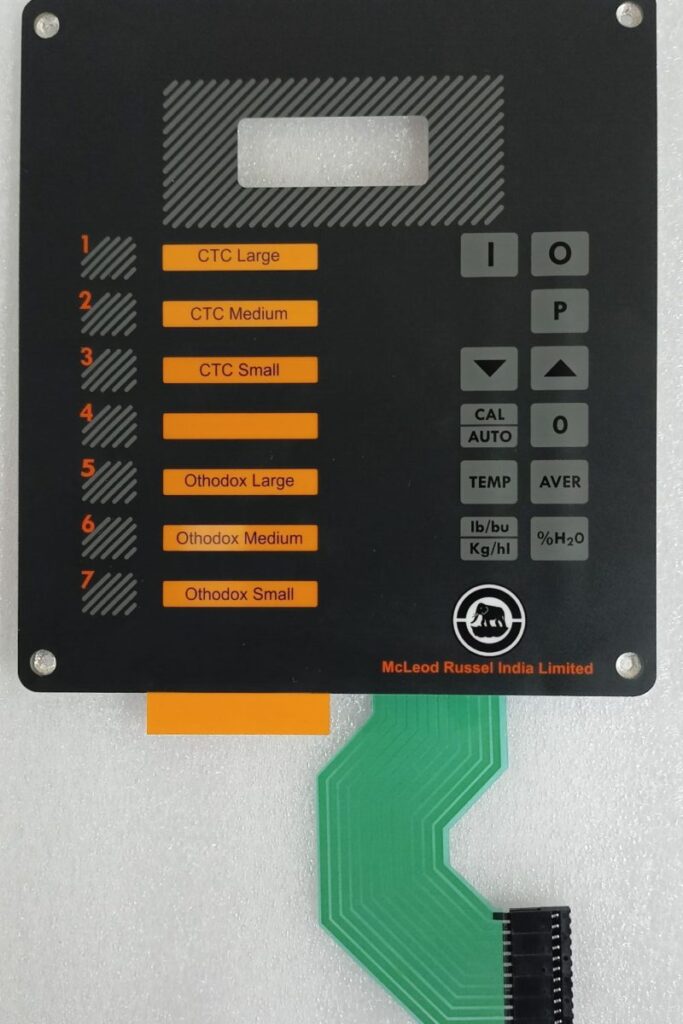Membrane Keyboard Work Explained: A Comprehensive Overview
Are you looking to buy best membrane keyboards & keypads for your use? Then, it is obvious to have several questions about them. The most significant one among them would be their functioning. So, while understanding the workings of membrane keyboards, let’s also delve into some other essential aspects associated with them.
What is a Membrane Keyboard?

A membrane keypad has a thin and flexible membrane to detect and register keystrokes. Usually, it comprises three layers: the top layer (or membrane), a middle layer (or spacer), and a bottom layer (or circuit board).
The top layer is a thin and flexible film with a pattern of symbols or letters. It comprises soft plastic material sensitive to pressure. The middle layer is a thin piece of plastic or rubber separating the top and bottom layers. It is designed to keep the top and bottom layers from connecting until the user presses a key. The bottom layer is a thin printed circuit board with electrical contacts or switches. It helps detect and record keystrokes.
Also Read>> What is the Difference Between Mechanical and Membrane Keyboards?
How Do Membrane Keyboards Work?
So, let’s overview how membrane keyboards work.
When you press a key on the keyboard, the top layer gets deformed, connecting the two layers and creating a connection between the electrical contacts on the bottom layer.
The electrical contacts register the keystroke and transmit an electrical signal to the computer or device.
Membrane keyboards have an arrangement of electrical contacts on the circuit board called the key matrix. It is the key to the membrane keyboard’s design. The membrane keypad has keys arranged in a grid with electrical contacts rows and columns.
In membrane keypads, every key has a unique location on the matrix. The electrical contacts on the bottom layer matches with every key’s location.
The pressing of the key connects the electrical contacts on the bottom layer.
The computer or device reads the key’s location from the key matrix and transforms the location into a character or command.
Benefits of Using Membrane Keyboards
Here’s are the membrane keyboards benefits.
- Silent Operations: These keyboards are less noisy than mechanical keyboards. Hence, they are apt for offices and libraries.
- Durability: Membrane keypads do not have sophisticated mechanical components. Hence, they are pretty durable.
- Thin Design: These keyboards usually have a thin and light design. Thus, they are more portable and space-friendly.
- Seamless Integration: Users can integrate these keyboards seamlessly with smartphones, laptops, and gaming consoles as they are flexible and adaptive.
- Custom Layouts: You can have custom key layouts and designs on the membrane layer, paving the way for greater flexibility in the keyboard design.
If you are looking for a trusted membrane keypad manufacturer in India, USA, and Canada Cutek Circuits is the answer for your search. Providing in major Indian cities such as Mumbai, Pune, New Delhi, Chennai, and Bangalore, Cutek Circuits outperforms as an outstanding supplier of keyboard membrane of the high-quality. Our expertise widespread application across multiple domains, including aviation, industrial automation, medical, defense, testing and measuring instruments, and more. Some features of our membrane keyboards include the following.
- Instant touch feedback.
- Slender, compact, and space-friendly design
- Aesthetic excellence
- Front overlay design
- Bespoke color combinations
- Customizable size and shape
Connect with us at sales@cutekcircuits.com to explore more about our membrane keyboard price and allow our sales team to know your requirements better.




